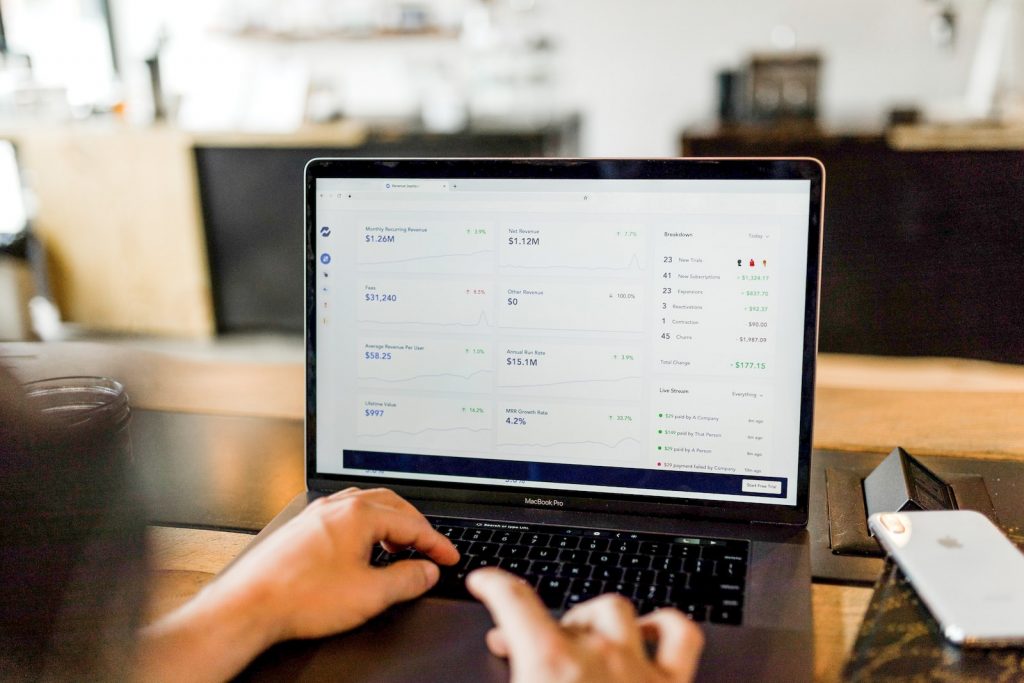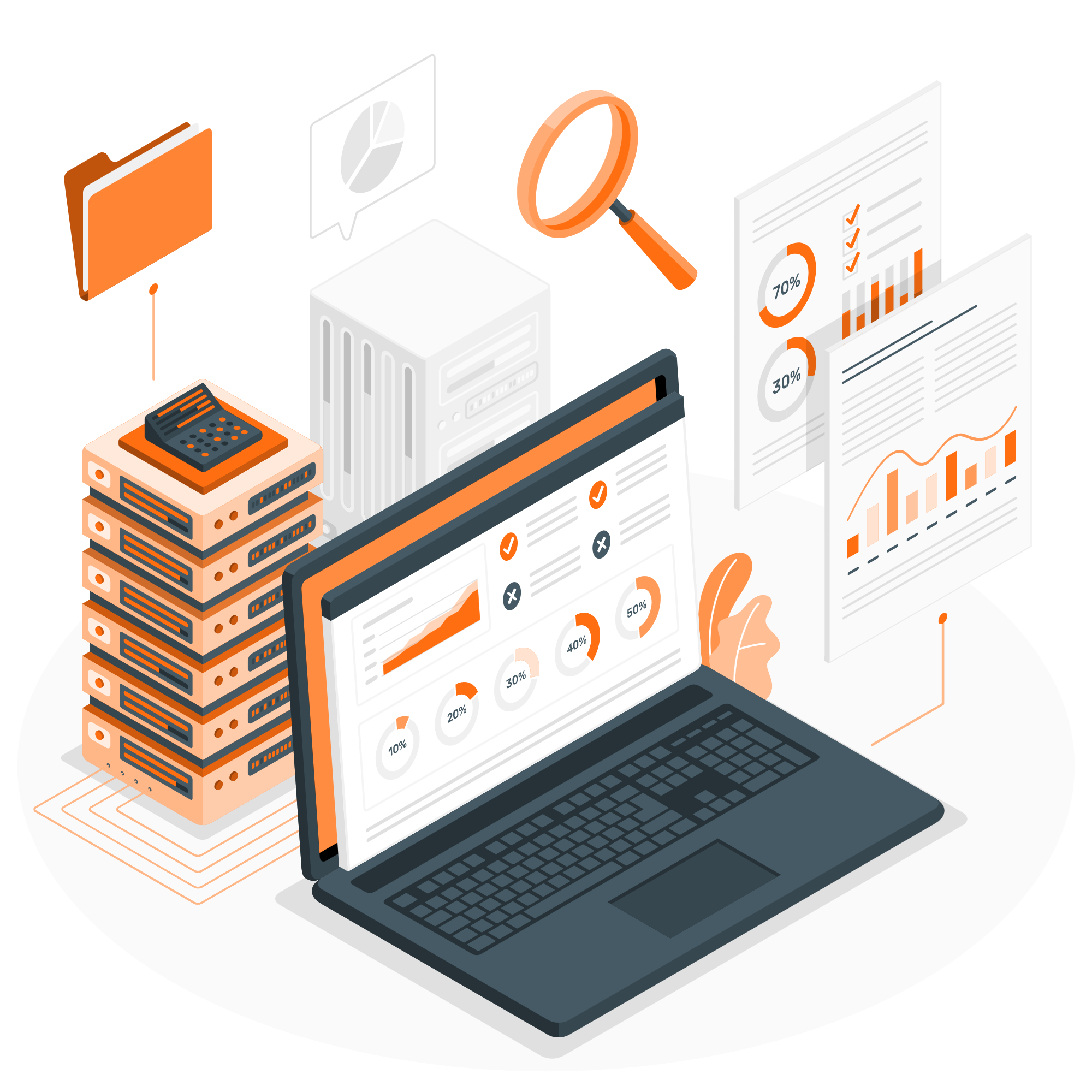For a very long time, clever firms have relied on data extraction as their go-to solution. However, the method they use to accomplish it has evolved over time.
In this post, we’ll examine how APIs have historically aided developers in data extraction as well as how web scraping has started to take on new significance. You’ll quickly see that APIs are still in the public eye. Instead, how we obtain data through APIs is evolving.
Using The Hosts’ API To Obtain Data
Some websites and applications have their very own unique APIs. This is especially true for data distribution software or websites, as sending data to other software products via an API is the ideal option.
Wikipedia, for instance, has an API since its goal is to provide information to anyone who is interested. Developers can use the API to extract the data they need and save it in files or feed it to other software once they have a basic understanding of how it operates.

Therefore, you have a quick and simple approach to obtain data as long as a website offers an API that you can use. This sounds fantastic in theory. It indicates that website owners make it simple for visitors to collect data from their websites. But in reality, it’s not that easy. Relying on the hosts’ API has some drawbacks, including the following:
1- There’s a chance the website you want to get data from doesn’t offer an API. Websites don’t always require one.
2-You might have to pay to utilize the API for big data . Some can only be accessed with a subscription or after paying a fee.
3-Rarely do APIs provide all of the website’s data. Some websites use the API to extract data from website to merely deliver data snippets. For instance, an API for a news site might just deliver article photos and descriptions rather than the entire post.
4-Developers must comprehend each API in order to integrate it with current software. Utilizing APIs requires some time and coding expertise because not all APIs operate the same way.
The API may set rate restrictions for data extraction. In order to prevent server overload, certain websites could set a restriction on the number of requests that can be made in a given time frame. Consequently, gathering all the data can take a long time.
Using Tools For Data Extraction
Web scraping is the process of simply obtaining data from a website. In a way, it still counts if you do it manually, but that is not the main subject of this article. Instead, we’ll examine the many product categories that you could use.
No matter how much you know about coding, some tools are made to be user-friendly. Extensions for browsers would be the most basic product. The user just needs to choose the data fragments on the web page they require after they have been added; the extension will then extract them and save them as a CVS or JSON file. Even though it’s a slow choice, it’s helpful if you simply need a few precise pieces of content across numerous websites.
We advise using Klazify now that you have read an introductory guide for pulling data . With the help of this API, you can quickly categorize any form of domain or website with only a few clicks. Due to all of its advantages, you can use Klazify everywhere.

Follow these easy and quick steps to discover how to begin using Klazify to categorize any content:
-Log in at www.klazify.com to get the API key.
-Copy the website address there, and after that, paste it where it belongs. Re-submit the application to show that you are a real person.
The API response will then be provided in one or more programming languages.
-Select the pertinent result and save it. After then, you can use it however you like.
In Relation To Klazify
When using its search feature, Klazify classifies websites and companies according to their areas of specialization. One of Klazify’s capabilities is locating, classifying, and generating a list of the top websites on the internet.
To provide real-time results and maintain an up-to-date database, Klazify‘s web crawler researches and scans both new and out-of-date URLs. Every Klazify answer contains JSON, a straightforward data format that is simple to understand and integrate with other systems.

